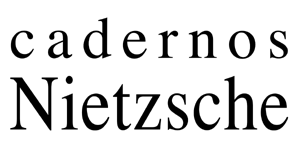During practically all of his philosophical itinerary, Nietzsche was concerned with the reception of his thought, developing coordinates on how he would like his writing to be read. These coordinates acquire a significant and strategic role particularly during the period in which the philosopher conceived the project of a resolute concealment of his most essential positions - a project that will pair with his adhesion to an aphorismic style - that can be divided in two classes: those that requests the reader that preserves the text literacy and those that incites the reader to undertake an art of interpretation. The gathering of these two directions generates the figure of the ideal reader of Nietzsche, a reader that actively enters the chain of thought that precede the aphorisms, without, however, loosing site of the philosopher's word.
reader; reception; philology; interpretation; aphorism
